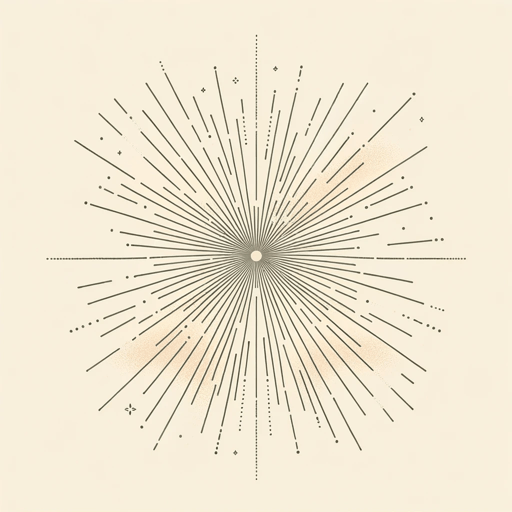62 pages • 2 hours read
Sogyal RinpocheThe Tibetan Book of Living and Dying
Nonfiction | Book | Adult | Published in 1992A modern alternative to SparkNotes and CliffsNotes, SuperSummary offers high-quality Study Guides with detailed chapter summaries and analysis of major themes, characters, and more.
Part 4, Chapters 21-22Chapter Summaries & Analyses
Part 4: “Conclusion”
Part 4, Chapter 21 Summary: “The Universal Process”
Chapter 21 discusses the destructive effects of the Chinese occupation on Tibet, highlighting the devastation and systematic genocide that has led to the death of over 1 million Tibetans and the near obliteration of their culture. Rinpoche mentions that Chinese communist forces particularly targeted Tibetan religion. Rinpoche introduces the story of an old Tibetan abbot who, while facing torture and death by the Chinese, serenely sings songs of realization on his way to execution, ultimately leaving his body before reaching the camp. This story portrays the serene acceptance and joy Tibetan Buddhists experience when they are in a state of spiritual realization, even in the face of violent death.
Rinpoche then transitions into a discussion of the bardo teachings within Tibetan Buddhism, emphasizing their universal relevance beyond just the process of dying. These teachings outline a threefold process of reality’s manifestation from the primordial state of Rigpa through various bardos, reflecting the continuous cycle of life, death, and rebirth. This process parallels other spiritual traditions and the creative expression in arts, suggesting a universal pattern of unfolding from an unmanifest to a manifest state.
The chapter also draws parallels between the bardo teachings and modern scientific concepts, particularly those of physicist David Bohm.

